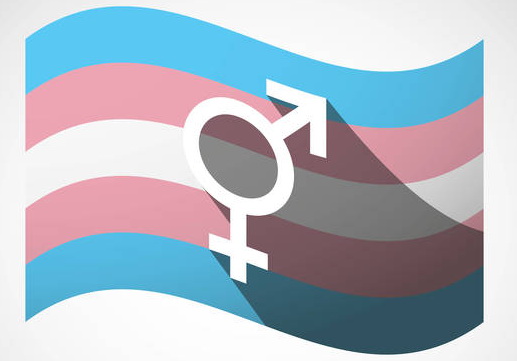 Transgender women have among the highest rates of HIV infection, but it still remains that so little is known about this demographic, which can make HIV prevention and research difficult. Doctors, researchers, and health specialists met at the Conference on Retroviruses and Opportunistic Infections (CROI 2016) in Boston to discuss the rate of HIV infection in transgender women and how to better address their needs.
Transgender women have among the highest rates of HIV infection, but it still remains that so little is known about this demographic, which can make HIV prevention and research difficult. Doctors, researchers, and health specialists met at the Conference on Retroviruses and Opportunistic Infections (CROI 2016) in Boston to discuss the rate of HIV infection in transgender women and how to better address their needs.
One worldwide meta-analysis of 39 studies from 15 countries found that transgender women had an HIV prevalence rate that was 49 times higher than that of the general population. In high-income countries, the prevalence was 22%, with the highest rate among transgender women of color.
“There is probably no population that is both more heavily impacted [by HIV] and less discussed around the world than transgender people,” said Susan Buchbinder, a physician who works with the San Francisco Department of Public Health.
In her lecture, Tonia Poteat, a doctor with the Johns Hopkins Bloomberg School of Public Health discussed the many different factors of why transgender women may be more vulnerable to HIV infection than other demographic groups. One possible explanation is that hormone therapy, which some transgender women use, has the potential to interact with PrEP and antiretroviral treatment (ART). Although there has never been any confirmed, clinically significant interactions. Many transgender women worry about this possible interaction and therefore choose to refrain from using PrEP and ART treatments.
Poteat also outlined the structural factors at play, such as HIV stigma, fear of disclosure and a lack of employment opportunities, which all have the potential to lead many transgender women to engage in sex work, endure homelessness, suffer from substance use and deal in resulting mental health issues such as depression and anxiety.
One study found that only about 14% of transgender women in San Francisco – a city were PrEP awareness and use among gay and bisexual men is high – had heard of PrEP at the end of 2013. According to Poteat, transgender people who were diagnosed with HIV were less likely than other patients to receive treatment.
One barrier in figuring out the best preventative treatment methods for transgender women is that they are still misunderstood by researchers and doctors alike. For example, even the method that researchers use to collect data about transgender women can be inaccurate. In research studies, investigators often use a “one-step” method where they categorize participants to either their current gender identity or their assigned sex at birth instead of a “two step method” that asks about both initial sex assignment and current identity, which is much more accurate.
“Transgender women have disproportionate HIV prevalence and incidence due to the interplay of biological and intersectional social factors,” Poteat said. “Gender-affirming approaches are necessary to achieve optimal outcomes. We must reduce stigma and prevent secondary trauma including racism, transphobia, and economic disadvantage. HIV services we have available, mostly geared towards gay men, do not meet the needs of trans women.”.
by Alex Kopel (April 22., 2016)
Alex Kopel is a freelance writer from Berkeley, California. When she’s not writing about LGBT issues and HIV, she enjoys writing short stories and lamenting about how much easier her life would be if she were a cat.
Source: HIV Equal
